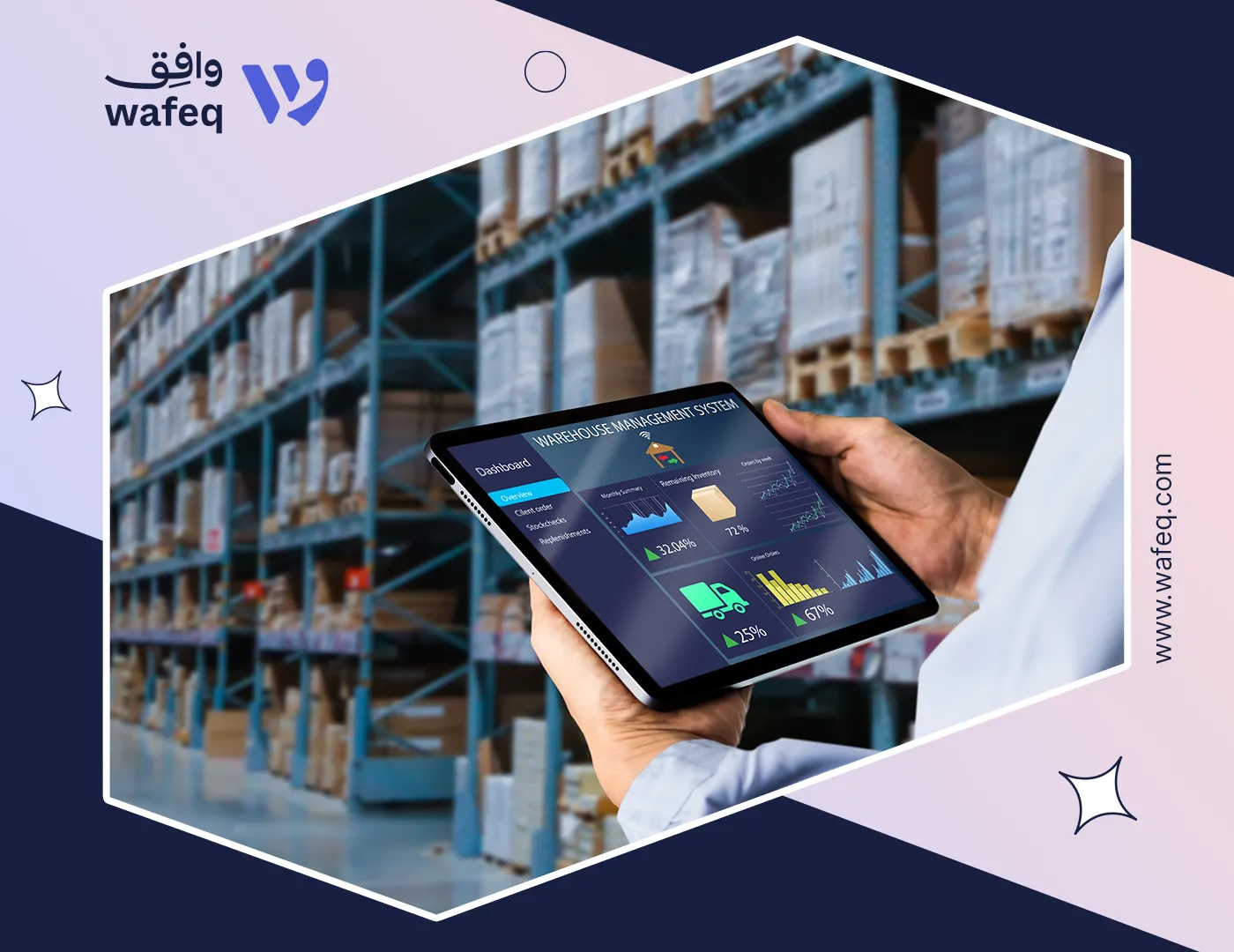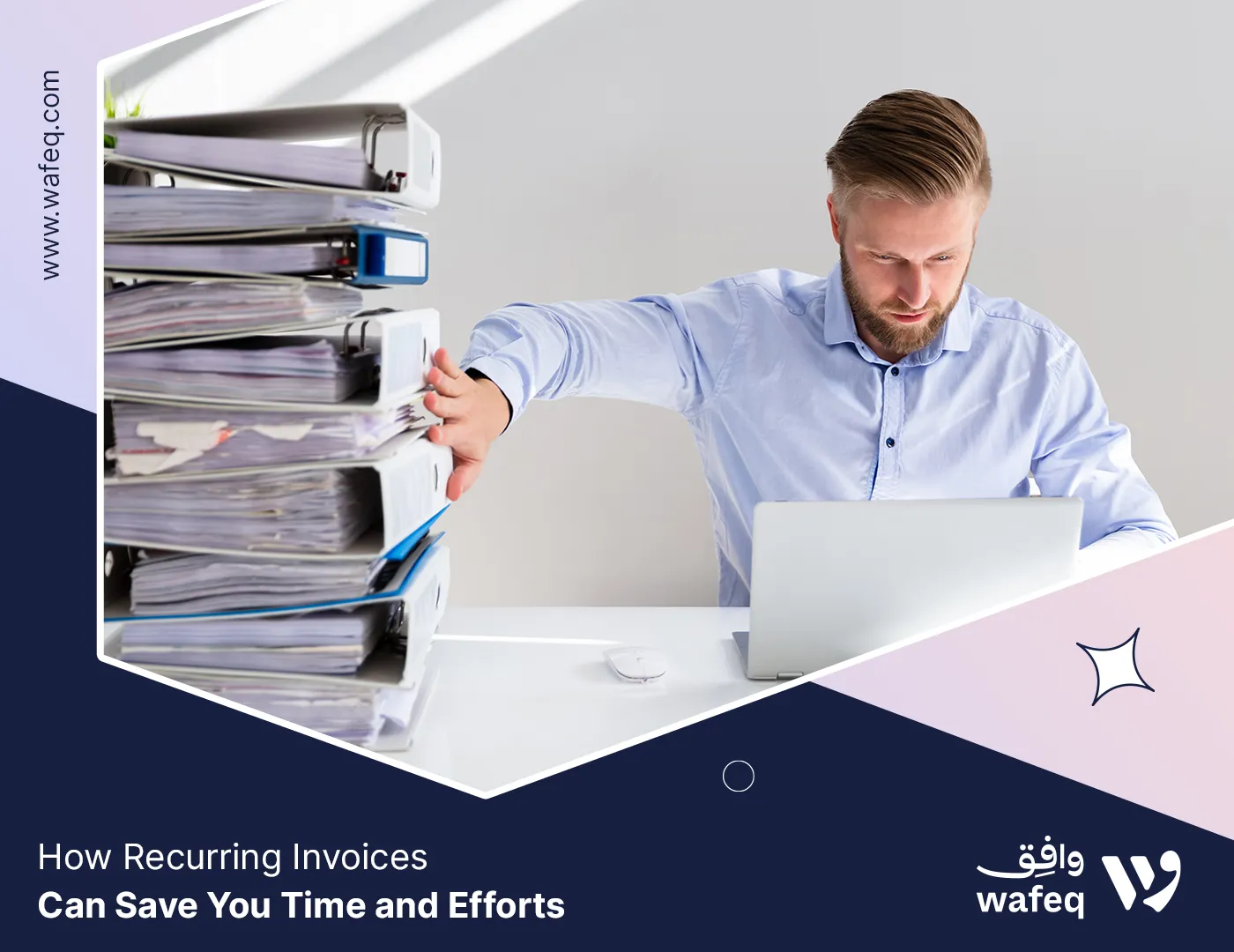10 Steps to Effortlessly Migrate to a New Accounting System: From Xero and QuickBooks to Wafeq

So, you’ve finally decided to make the switch to a new accounting system. Maybe you’re tired of Xero's quirks or QuickBooks' complexity. Whatever your reason, moving to Wafeq is a smart move that can streamline your financial operations. But, let’s be honest—migrating to a new accounting system can seem daunting. Don’t worry! We’ve got you covered with this comprehensive guide that will walk you through the process step-by-step.
1. Understanding the Migration Process
Why Choose Wafeq?
Wafeq isn’t just another accounting software; it’s designed to make your life easier. With features tailored for businesses in the UAE, it offers everything from VAT compliance to seamless invoicing. But before you can enjoy these benefits, you need to migrate your data.
Key Considerations
Key Considerations
Before starting the migration process, consider what data you need to transfer. This includes your Chart of Accounts, contacts, items, invoices, and more. Understanding these requirements will help you choose the right migration method.

2. Migrating from Xero to Wafeq
Automated Migration with Wafeq Migration Assistant
The Wafeq Migration Assistant is a lifesaver for those migrating from Xero. It automates the transfer of critical data, ensuring nothing gets lost in the shuffle. Here’s what you need to know:
Data Transferred:
- Chart of Accounts
- Contacts
- Items (non-inventory)
- Invoices and invoice payments
- Credit notes, credit note payments, overpayments
- Bills and bill payments
Step-by-Step Automated Migration
- Access Migration Assistant: In Wafeq’s main side menu, click on the Migration Assistant.
- Select Xero: Choose Xero from the list of options.
- Connect Accounts: Proceed to connect your Xero account with Wafeq.
- Configure Migration: Once connected, you’ll be returned to Wafeq to configure your migration.
Configuring the Xero Migration
Mapping your Xero tax rates to Wafeq tax rates is crucial. Here’s how to do it:
Important Notes:
- Reverse Charge: Map your 0% tax rate for Reverse Charge purchases to the Wafeq Reverse Charge tax rate.
- VAT Output Tax Rates: For UAE businesses, map each VAT output tax rate per Emirate to Wafeq’s tax rate and Place of Supply.
- VAT Input Tax Rates: Leave the place of supply blank for VAT Input tax rates.
- Default Tax Rates: Map all Xero tax rates to Wafeq default tax rates to benefit from automatic VAT Return generation.
3. Manual Migration from Xero to Wafeq
If you prefer a hands-on approach, you can manually migrate your data. Here’s how:
Exporting Data from Xero:
- Chart of Accounts
- Fixed Assets
- Invoices and Bills
- Trial Balance
- Contacts
Follow Xero’s guide on exporting data: Export general ledger data out of Xero.
Importing Data into Wafeq:
Importing Data into Wafeq:
For detailed instructions, refer to Wafeq’s comprehensive articles on importing different types of data.
Read more: Top 8 Accounting Software Solutions in the UAE.
Step-by-Step Instructions for Contacts:
- Import Contacts: Use the Import button on the contacts page.
- CSV Structure: Ensure your CSV file follows Wafeq’s format:
- Each row represents one contact.
- Use exact case-sensitive spelling for the country.
- Allowed values for Type: Customer, Supplier, Investor, Partner, Other.
- Allowed values for Additional ID Type: Commercial registration, National ID, Iqama Number, Passport ID, Momra license, MLSD license, Sagia license, GCC ID, Trade license, Other ID.
4. Importing Invoices and Bills
Multi-Line Imports:
- How It Works: Each row in your file represents a line item in an invoice.
- Template: Export your current invoices to CSV and use the header as a template.
- Unique Identifier: Use a column to uniquely identify invoices.
- Exact Spelling: Ensure dropdown values match exactly.
5. Importing Expenses
Single-Line Imports:
- CSV Structure: Each row represents one expense.
- Exact Spelling: Ensure all dropdown values are correctly spelled.
- Incomplete Imports: You can import incomplete expenses and complete them later.
6. Importing Inventory Items
Single-Line Imports:
- CSV Structure: Each row represents one item.
- Dropdown Values: Ensure correct spelling for dropdown fields.
- Incomplete Imports: You can import incomplete items and complete them later.
7. Migrating from QuickBooks to Wafeq
Exporting Data from QuickBooks:
- Go to the Gear Icon: Select Export Data from the Tools menu.
- Set Date Range: Choose year-to-date.
- Select Reports: Toggle the reports you need.
- Export to Excel: Click Export to Excel.
Exporting Non-Posting Transactions:
- Estimates: Filter by Estimates and export.
- Purchase Orders: Filter by Purchase Order and export.
- Customer Statements: Filter by Statements and Export.
- Attachments: Select and export from the Lists menu.
- Recurring Templates: Run the Recurring Template List report and export.
- Chart of Accounts: Run the Account List report and export.
- Products and Services: Run the Products and Services report and export.
Follow the steps mention in the Quickbooks help article to know more.
Importing Data into Wafeq:
Refer to Wafeq’s guide for detailed steps on importing each type of data.
8. Best Practices for a Smooth Migration
Backup Your Data
Before starting any migration, ensure you have a complete backup of your data. This will help prevent data loss and provide a fallback option.
Test the Migration
Before fully committing, test the migration with a small set of data. This will help you identify any issues and understand the process better.
Utilize Support
Don’t hesitate to reach out to Wafeq’s support team. We are here to help you through the migration process.
9. Common Migration Issues and How to Avoid Them
Data Mapping Errors
Ensure all tax rates, contacts, and accounts are correctly mapped to avoid discrepancies.
Incomplete Data
Double-check that all necessary data is included in your export files. Incomplete data can cause issues during import.
10. Post-Migration Checklist
Verify Data Integrity
After migration, verify that all data has been accurately transferred. Check key areas like invoices, bills, and contacts.
Customize Settings
Adjust Wafeq’s settings to fit your business needs. Customize your Chart of Accounts, tax rates, and other settings.
Train Your Team
Ensure your team is familiar with Wafeq’s features. Provide training sessions to help them get up to speed quickly.
Read also: Embracing the Future: How Cloud-Based Accounting Software Solutions Are Revolutionizing the Industry.
Conclusion
Migrating to a new accounting system doesn’t have to be a nightmare. With Wafeq’s Migration Assistant and this step-by-step guide, you can make the switch smoothly and efficiently. Whether you’re coming from Xero or QuickBooks, Wafeq has the tools and support to help you every step of the way. So why wait? Start your migration today and take the first step towards a more streamlined accounting process.
Ready to make the switch and simplify your accounting? Join the growing number of businesses that trust Wafeq for their financial management. Start your seamless migration today and experience the difference!
Ready to make the switch and simplify your accounting? Join the growing number of businesses that trust Wafeq for their financial management. Start your seamless migration today and experience the difference!


.png?alt=media)









